Jesse Livermore: Speculator King
$10.92
| Author(s) | |
|---|---|
| Product Type |
Ebook |
| Format |
|
| Skill Level |
Intermediate to Advanced |
| Pages |
145 |
| Publication Year |
1967 |
| Delivery |
Instant Download |
Jesse Livermore: Speculator King by Paul Sarnoff is a vivid biographical and analytical exploration of one of Wall Street’s most legendary and enigmatic figures — Jesse Lauriston Livermore. Known as the “Boy Plunger” and “Cotton King,” Livermore mastered the art of speculation during the most volatile years of early 20th-century finance. This book is both a dramatic life story and an invaluable psychological study of risk, discipline, and downfall.
Sarnoff traces Livermore’s meteoric rise from bucket shops to becoming the titan who shorted the 1907 and 1929 crashes, earning and losing several fortunes in his lifetime. The narrative unfolds through the three acts of a speculator’s life: The Livermore Luck, The Livermore Life, and The Livermore Legacy — charting his victories, losses, and ultimate tragedy.
Readers are immersed in Livermore’s world of high-stakes trading, where instinct battled logic and emotion often determined fortune. Through historical reconstruction, Sarnoff paints a picture of the man behind How to Trade in Stocks, exploring his “Livermore Key” system and the psychological weight of speculation that led to both triumph and despair.
More than a biography, Speculator King reveals timeless lessons on trading psychology, emotional control, and the eternal truth of Livermore’s dictum: “Markets are never wrong; opinions are.”
✅ What You’ll Learn:
- How Jesse Livermore developed his unique trading strategies and psychological edge.
- The inner workings of early 20th-century Wall Street, from bucket shops to institutional pools.
- How Livermore mastered short selling, market timing, and emotional discipline.
- The lessons behind his repeated cycles of fortune and bankruptcy — and what modern traders can learn from them.
- Insights into Livermore’s “Key” trading system and his attempts to codify market behavior into principles.
- How speculation demands more than skill — it demands self-mastery, patience, and restraint.
💡 Key Benefits:
- Learn from one of history’s greatest real-world trading case studies.
- Deepen your understanding of trading psychology and emotional resilience.
- Gain perspective on risk, greed, and the cyclical nature of markets.
- Connect historical lessons with modern investing and speculative dynamics.
- Discover how the myths and realities of Livermore’s life continue to shape professional trading today.
👤 Who This Book Is For:
This book is essential for traders, investors, and financial historians who seek to understand the origins of modern speculation. It’s particularly valuable for:
- Discretionary and technical traders studying emotional and behavioral dynamics.
- Gann and cyclical traders exploring early pioneers of market psychology.
- Students of financial history interested in the Wall Street eras of panic, reform, and innovation.
📚 Table of Contents:
– PART I: THE LIVERMORE LUCK
- WALL STREET WONDER
- BOY PLUNGER
- BUCKET-SHOP BAPTISM
- THE FIRST KILLING
- COTTON KING
- THE BIG LEAK
– PART II: THE LIVERMORE LIFE
- EVERMORE
- CUTTEN
- THE JIGGLERS, THE JUGGLERS
- TWILIGHT BATTLE
– PART III: THE LIVERMORE LEGACY
- THE LIVERMORE KEY
Jesse Livermore: Speculator King By Sarnoff
3 reviews for Jesse Livermore: Speculator King
Clear filtersOnly logged in customers who have purchased this product may leave a review.

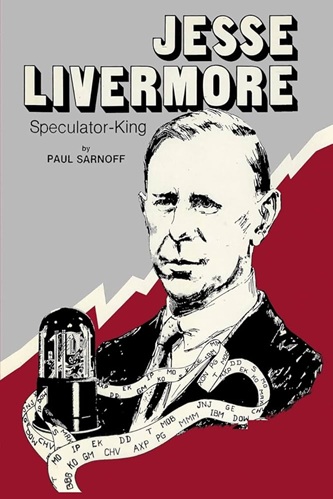
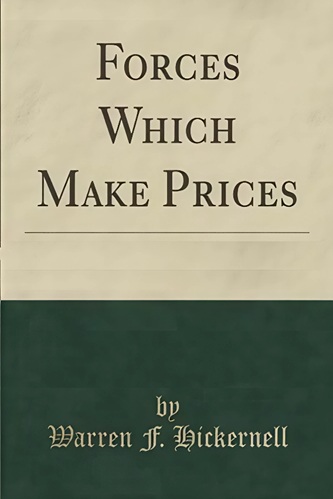
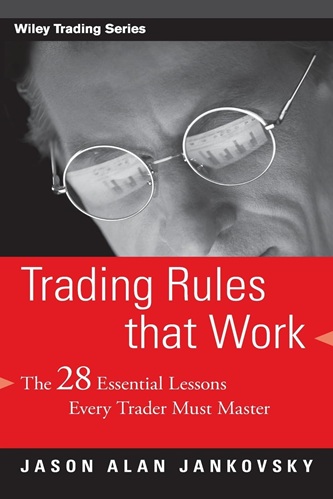
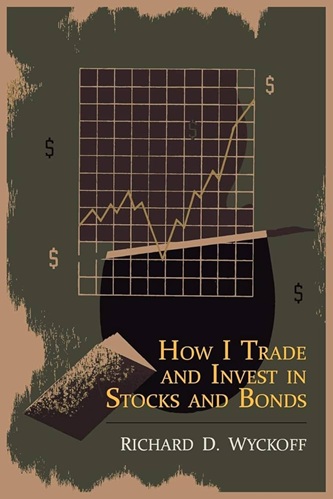
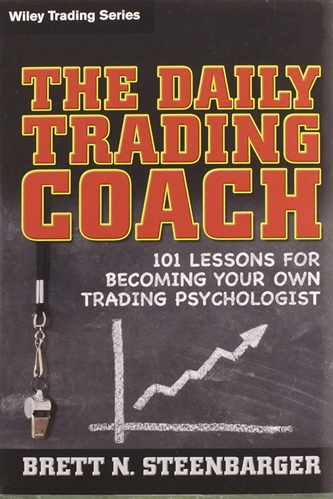
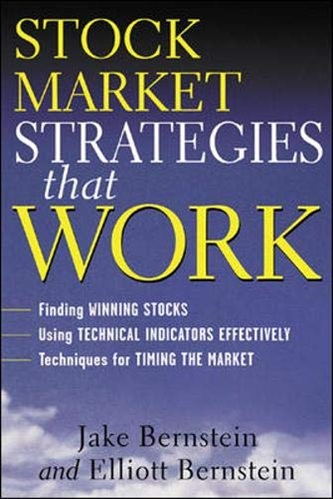


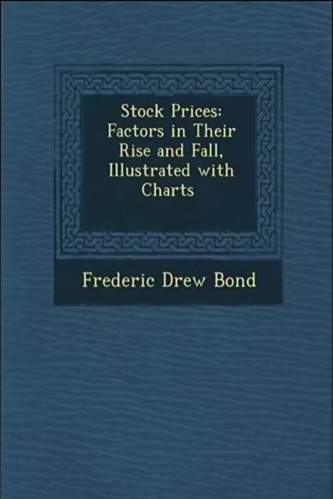
Tracey Erickson (verified owner) –
Read this book if you want an author who gives you the negative perspective of Jesse Livermore’s life. The author believe Mr. Livermore was a complete failure who could not hold on to his money, leveraraged far to much debt, was an ego maniac, and womanizer. He also believes that the Livermore Key that was introduced in Livermore’s own book was a complete fraud, designed to confuse the masses and bring them to turn their money over for directed investment by Livermore or others. Livermore is a personal hero of mind not for his looses but his ability to make millions from scratch several times, his resiliency until late in life, and his ability to keep a calm head and enjoy life. While the author reduces him to nothing but a two bit market manipulator running cash pools to change prices. While most of the facts the author is correct about, I still hold Livermore in high esteem for his ability to go long or short for gains and for his being a lifelong student of the market. Read Richard Smitten’s book Jesse Livermore: World’s greatest stock trader for a more reverent look at his life, or Livermore’s own book How to trade in stocks for what the man himself wrote about his system.
Arturo Bird (verified owner) –
I bought this for my Dad upon a recommendation and he really enjoyed it. I didn’t read it myself but I’m sure it will cross my path eventually.
Cristopher Baxter (verified owner) –
Almost every trader on the planet knows all about Livermore and his world class trading acumen. But this author doesn’t buy it and I think he has a point.
Successful trading is about making money AND keeping it. Livermore seems to be able to make it (but only when the markets are volatile/moving) but never seems to be able to keep it, having gone broke several times in the past.
And it takes a special kind of genius/loser to make $1billion in profits (in today’s money) out of the crash of 1929 to then declare bankruptcy 5 or so years later. Nobody really knows how that’s possible. Perhaps it’s because a) a trader/Livermore starts to believe his own hype, and b) the markets start sloshing around hence buying high (looking for higher prices) only for the market to retreat and then go short (looking for lower prices) only for the market to reverse again.
But trading ranges, large or small, are a massive part of how the markets move so either learning to stay out or take advantage of them must be a (learned) skill of any trader/strategy.
The author also delves into Livermore running of pools and you know in those days before the start of massive regulations, they were a licence to steal and all round monkey business. If Livermore was heavily involved you know he was up to no good. But to be fair, everyone running pools in those days was up to no good.
Another interesting point to think about Livermore is if he only made money in big moving markets, up or down, then no wonder he suffered the financial pain that always seemed to come his way. I therefore say, Livermore was a one dimensional trader, probably THE best at milking a good move but good moves only come around (perhaps) once over a 5 year period. So during the tough times when prices don’t make the good moves he ends up pi**ing away most/all of his profits from the good times.
Overall, if you’re interested in Livermore this is a must read to give a balance to the man.